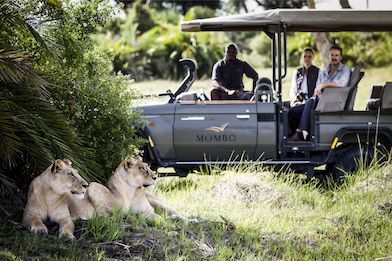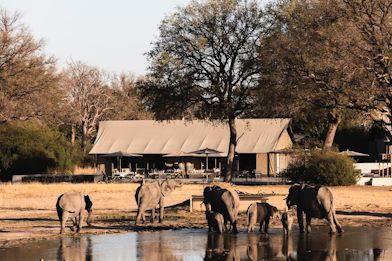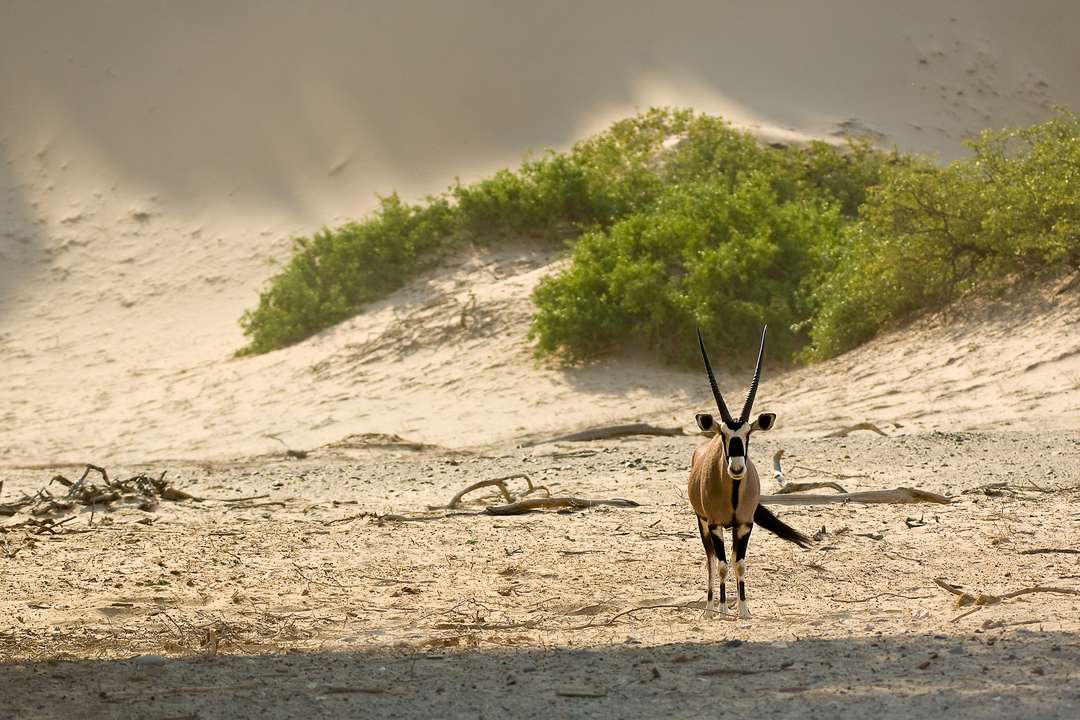Namibia
5 unique desert-adapted animals of Namibia
Our Collective
Wildlife
Tao Varty
5/5/2025
Desert Environs of Namibia

1. Black rhinos
Read more about what it’s like to track black rhinos in Namibia
Read more about what it’s like to track black rhinos in Namibia

2. Desert-adapted lions

3. Desert-adapted brown hyena

4. Desert-adapted elephants
5. Gemsbok (Oryx)

Learn more about Wilderness Namibia
DISCOVER THE DESERTMore to discover

Spotlight on Mombo 'The Mother of All Camps'
There’s an unparalleled culture of seven-star hospitality where everyone knows your name.
Read moreMelissa Siebert
19.06.2025

Termites – 5 fun facts about the architects of the Okavango Delta
Read about the fascinating African termites have shaped the Okavango Delta, with termite mounds & di...
Read moreTao Varty
10.06.2025

Spotlight On Linkwasha – Hwange National Park
A contemporary safari camp in an iconic African landscape, Linkwasha sits on the edge of the renowne...
Read moreTao Varty
09.06.2025

Rare wildlife to celebrate this World Endangered Species Day
As part of our ongoing effort to increase the world’s wilderness, we create habitats for Africa’s mo...
Read moreLauren Dold
13.05.2025

Wilderness Chitabe’s sustainable Okavango Delta safari
Discover Wilderness Chitabe’s blend of eco-luxury, conservation, and community in its approach to su...
Read moreMerryn Haller
09.05.2025

Let’s plan your next journey
Ready?
When we say we’re there every step of the way, we mean it, literally. From planning the perfect circuit, to private inter-camp transfers on Wilderness Air, and easing you through Customs. We’re with you on the ground, at your side, 24-7, from start to finish. Ready to take the road less travelled? Contact our Travel Designers to plan an unforgettable journey.




